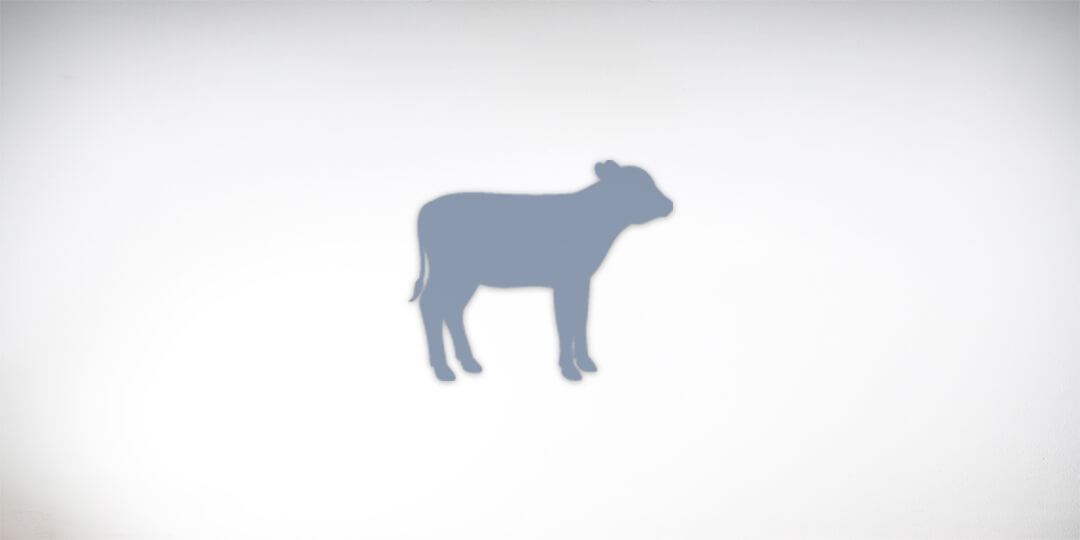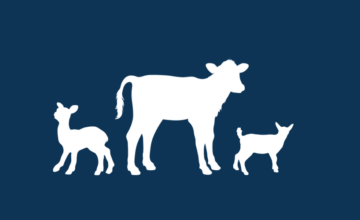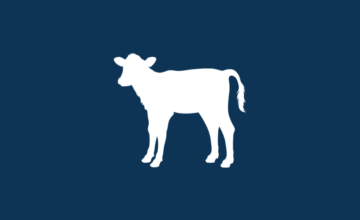High Fat Feeding
- Sep 02, 2016
- By Grober Nutrition
- In Canada
The challenge
Design a milk replacer feeding schedule to maximize efficient growth while considering:
- fat content of milk replacer
- encourage grain intake prior to weaning
- maintain growth rate through weaning
- cold weather feeding implications
Using a higher milk volume feeding schedule and offering calves a higher fat content in a milk replacer does not mean that success at weaning will be compromised. In fact, during 2015 and 2016 research trials at the Grober Young Animal Development Centre (GYADC), calves fed a 22% fat milk replacer consumed equivalent or more starter pre-weaning compared to calves fed a 17% fat formula.
Grain intake
Early solid feed intake is mandatory to establish functionality of the rumen. In turn, significant nutritional value from solid feed may not be relied upon until rumen function and enzyme production strengthens, around week 6. 2016 GYADC research found that although calves fed a lower fat milk replacer consumed more grain during the week of weaning, the following week (post-weaning) growth rates were equivalent between both groups. Despite different solid feed intake patterns, calves fed a 17% or a 22% fat milk replacer had strong growth rates for the 10 weeks prior to weaning and into the post-weaning period, with no slump in average daily gain seen for the 22% fat group.
| Milk Replacer | Week 8 | Week 9
(one week prior to wean) |
Week 10
(weaning) |
Week 11
(post-wean) |
| 17% Fat | 658g/day starter
740g/day growth |
1230g/day starter
980g/day growth |
2447g/day starter
1620g/day growth |
3500g/day starter
1350g/day growth |
| 22% Fat | 769g/day starter
940g/day growth |
1343g/day starter
960g/day growth |
2303g/day starter
1180g/day growth |
3073g/day starter
1340g/day growth |
Feeding 750g per day of starter intake for three plus consecutive days is used as a minimum benchmark to indicate when a calf is ready for weaning. At week 8 (two weeks prior to weaning) calves were consuming more than 750g of starter intake when fed either a 17% or 22% fat milk replacer…..even in the summer heat!!
Weaning
Grober optimized their milk feeding program during the 2016 trial by providing up to 12.5L/day for the first five weeks, followed by a gradual volume reduction until weaning at week 10. In addition, the 2014 GYADC research results showed advantages to weaning at 10 weeks compared to weaning at 7 weeks. Allowing calves to stay on milk longer will provide additional time to consume levels of starter and forage to best maximize their rumen development before fully transitioning to solid feed, resulting in more consistent growth rates during this stressful period.
Results
2016 GYADC trial results indicate both 17% and 22% fat milk replacer groups had equivalent body weights, calves fed the 22% fat milk replacer had significantly higher feed efficiency during weeks 1-5 (1.55 feed:gain for 22% group, 1.88 feed:gain for 17% group), further maximizing an already optimized 12.5L/day milk program.
Milk feeding schedules can be optimized with a higher energy density (fat) milk replacer and/or a higher milk allotment without negative consequences on starter intake. Care still must be taken to ensure a slow stepdown to weaning. Furthermore, using a higher fat milk replacer, or elevated milk allotments, have advantages during both hot and cold temperatures. Higher feed efficiencies can be appreciated year round by providing additional energy.
Grober Nutrition
Recent Posts
Tags
Archives
- April 2024
- January 2024
- December 2023
- October 2023
- September 2023
- August 2023
- June 2023
- December 2022
- November 2022
- October 2022
- August 2022
- July 2022
- June 2022
- May 2022
- April 2022
- March 2022
- February 2022
- January 2022
- August 2021
- February 2021
- September 2020
- June 2020
- April 2020
- May 2017
- April 2017
- October 2016
- September 2016
- August 2016
- March 2016
- March 2015
- January 2015
- December 2014
- December 2013
- September 2013
- May 2013
- January 2013
- December 2012
- November 2012
- March 2012
- March 2011
- February 2011
- November 2010
- August 2010
- December 2009
- November 2009
- March 2009






